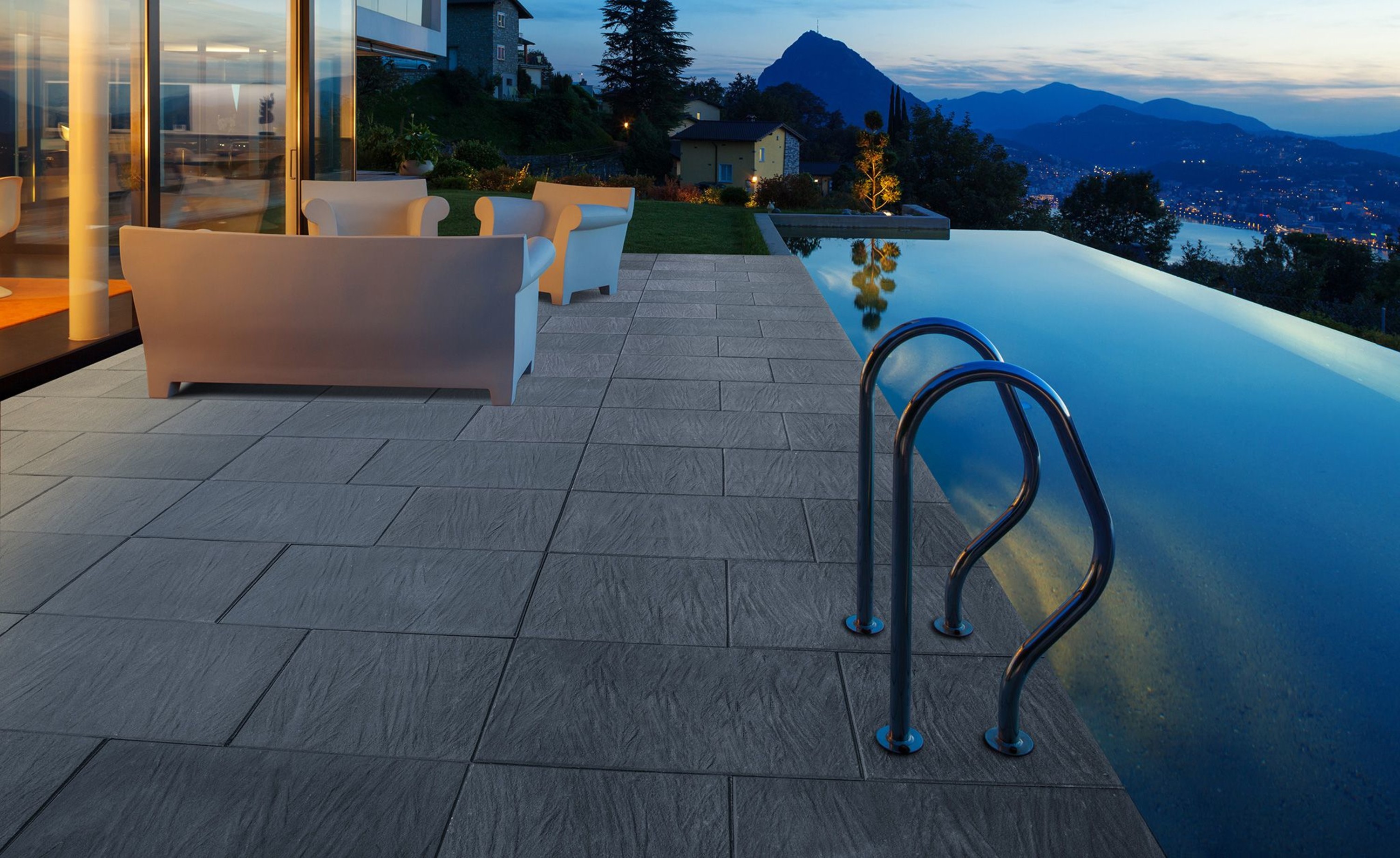Extra maintenance of an outdoor floor
Extraordinary maintenance of an outdoor floor.
The need to remove flooring may be due to interventions on underground services or remediation measures resulting from more or less localized failures of the flooring. Failures are usually due to inadequate preparation of the underlying ballast, or to the use of the flooring for a more severe intended use than that for which it was designed. The operating methods for correct dismantling and new installation of self-locking block flooring are described below.
1) Once the intervention area has been identified, it must be reported in compliance with current regulations for workplace safety and the regulation of any traffic. Bear in mind that the blocks removed will be reused, so it is preferable to use easily washable materials for marking
2) The most delicate phase of the removal operation consists in the removal of the first block. The first operation is to empty the joint from the sealing sand that surrounds this block, to allow its extraction. Once the emptying of the joint has been completed, the block can be easily extracted. Once the first block has been removed, the removal of the other units is easy: you can use any construction tool to lever it, acting on the shorter side of the blocks . Each intact element, once extracted, must be cleaned of sand which tends to remain attached to the lateral surfaces.
3) The bedding sand could be reused when restoring the flooring: in this case, before removing it, the operator will have to loosen it using a rake, then remove it, taking care not to contaminate it with materials coming from the substrate which prevent it from being subsequent employment.
4) The removal of the subgrade layer is normally carried out with excavators. In the event that local legislation requires the restoration of the natural soil at the end of the works, care must be taken to keep the different geotechnical materials progressively encountered during the excavation phase separate.
5) Once the work on the underground service has been completed, the subfloor will be restored. First of all, the excavation bottom must be compacted, then the previously removed material or the newly supplied unbound material, suitably humidified on site if necessary, must be arranged and compacted using a plate or vibrating pestle, proceeding in layers with a thickness of 10 ÷ 15cm approximately
6) During the previously described phases, it is probable that the blocks placed at the edges of the work area have been disturbed: in this case they will be removed (at least two rows, for a width of approximately 15÷20 cm). Before restoring the bedding sand, the blocks delimiting the work area must also be realigned, using a rubber mallet. When restoring the flooring following narrow-section excavations, the level of the bedding sand must be above this level 7 and 13 mm, respectively at the end and center of the work area: it is therefore advisable to use convex screeding guides. The convexity of the laying surface will serve to facilitate the insertion of the blocks and to compensate for the differential settlements induced by the loads subsequently applied, guaranteeing the flatness of the flooring in use.
7) Once the bedding plan has been prepared, the blocks can be laid according to the original geometry of the flooring, starting from one end of the area to be paved. First of all, the alignment references for the installation must be fixed, at a distance of 2÷3m, consisting of taut wires well fixed at the ends. Once the installation of the blocks has been completed, the width of the joints must be uniform and not greater than 3 mm: proceed with an initial clogging with fine dry sand and then with vibro-compaction using a plate equipped with a protective rubber mat or similar, extending the operation also to the undisturbed areas adjacent to the intervention area for a width of approximately 50÷70 cm.
Finally, the clogging is completed with a second and definitive application and brushing of sealing sand, checking the perfect saturation of the joints. At the end of the intervention, the treated area must be finished at a slightly higher level than the original level, in any case not exceeding 2mm, at the ends, and 5mm in the center of the restoration area. A short period of time and exposure to operating loads will be sufficient for any trace of the intervention to disappear and the flatness of the flooring to be restored.



